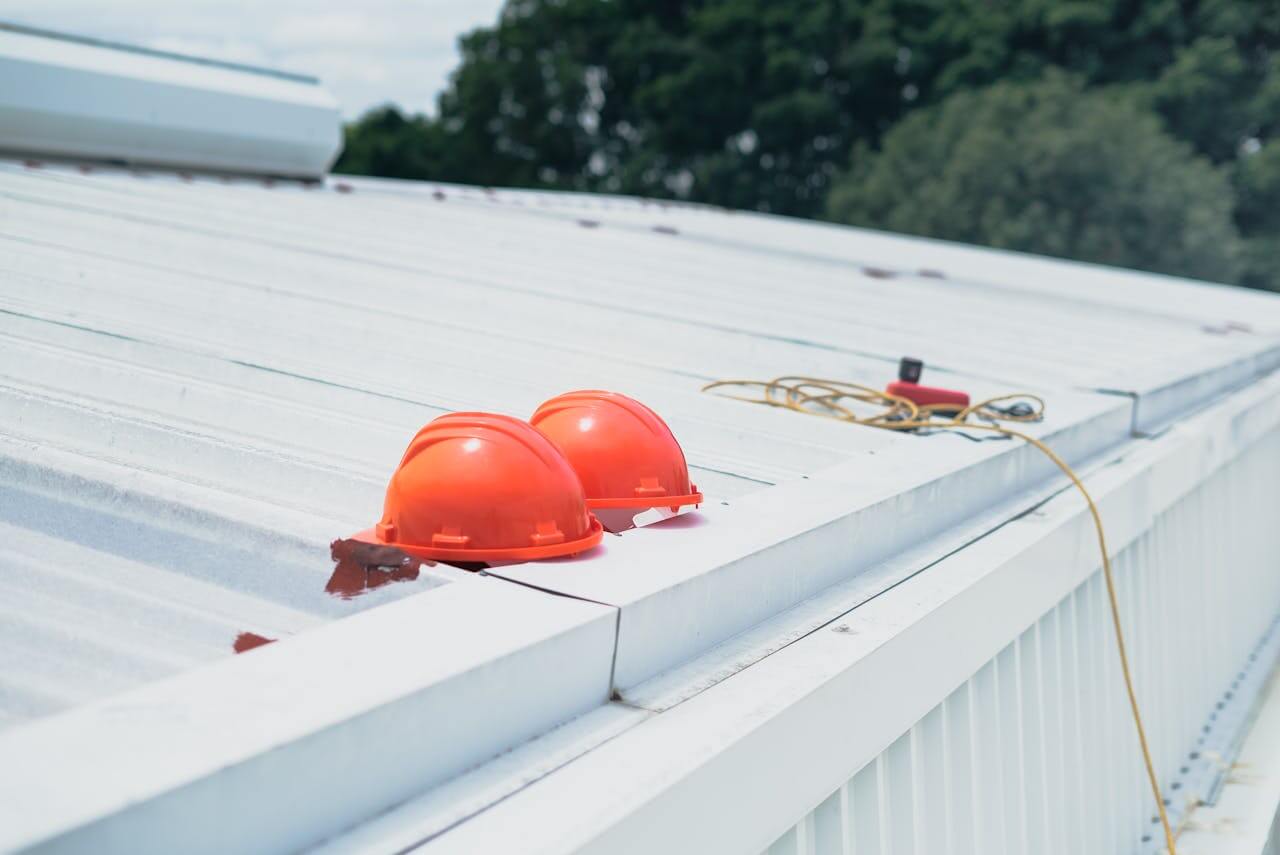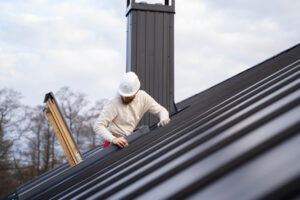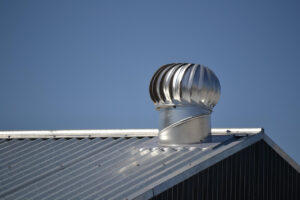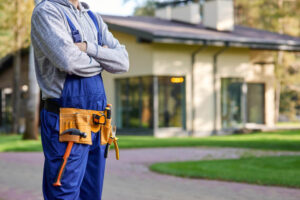Roof maintenance is not just about aesthetics; it plays a fundamental role in the longevity and safety of your home. Regular roof inspections can save homeowners from surprises, such as leaks or structural issues that could result in costly repairs and even safety hazards. While many might view roof inspections as an unnecessary expense, the reality is that these assessments are investments in the health of your home. Understanding the benefits and strategies behind regular inspections can ensure your roof remains in top condition and accommodates your family’s needs.
The Importance of Roof Inspections
Many homeowners underestimate the importance of roof inspections, often thinking that as long as there are no visible issues, everything must be fine. Many potential problems could lurk unnoticed. Water damage is a primary concern, as it can seep into the home, creating an environment perfect for mold growth and damaging structural elements. Roof inspections allow for early detection of wear and tear, which can be caused by various factors, from weather conditions to the natural aging of materials.
Another critical aspect is insurance. Regular inspections can help in maintaining coverage. Insurance companies often require proof of routine maintenance to cover claims. Having your roof inspected falls in line with ownership responsibilities and ensures the integrity of your home is upheld. A roof inspection can help assess the lifespan of your roof, providing information crucial for budgeting future repairs or replacements. With a reliable construction team like TC Backer Construction, homeowners can easily schedule these inspections and get professional insights that don’t just identify problems and offer resolutions tailored to specific roof types. This proactive approach ensures your roof’s strength remains uncompromised and keeps you ahead of issues before they become substantial headaches.
Common Issues Found During Roof Inspections
During a thorough inspection, several problems commonly arise that may not be immediately visible. One of the main issues is missing shingles, which can lead to leaks if not addressed promptly. Another frequent problem is deteriorating flashing around chimneys and vents; this can lead to water intrusion. Improper drainage systems can create backups, further complicating potential water damage.
Inspectors look for signs of moss or algae growth, which can indicate underlying moisture issues. These organic growths can trap water on the roof’s surface, accelerating material degradation. Cracks or gaps can develop in roof materials as they age, leading to breaches that will allow water to infiltrate the home. Regular inspections can help identify these problems early, saving homeowners from the need for extensive repairs later on. Having a detailed look at your roof’s condition can help you better understand the remaining lifespan of the roofing materials and plan accordingly.
Weather Considerations
Climate plays a significant role in the wear and tear of roofs. Extreme weather conditions, such as heavy rains, hurricanes, or snowfall, can significantly impact a roof’s durability. Heavy rains might wear down shingles and expose weaknesses in a roof’s structure that weren’t apparent during dry months.
Ice accumulation can lead to ice dams that prevent melting snow from draining off the roof, causing leaks and structural damage. Depending on your geographical location and the common weather patterns, the inspection frequency may need to be adjusted. Homeowners residing in areas prone to severe weather should aim for at least biannual inspections. Understanding how weather affects roof health emphasizes the need for timely inspections and repairs. This knowledge empowers homeowners to invest time and resources where they are most needed, preventing long-term damage.
DIY vs. Professional Inspections
While some homeowners may attempt DIY inspections to save money, professional assessments are generally recommended. A roofing expert brings experience and an understanding of potential issues that non-professionals might not recognize. Professionals often have high-quality tools and technology to provide a more detailed analysis.
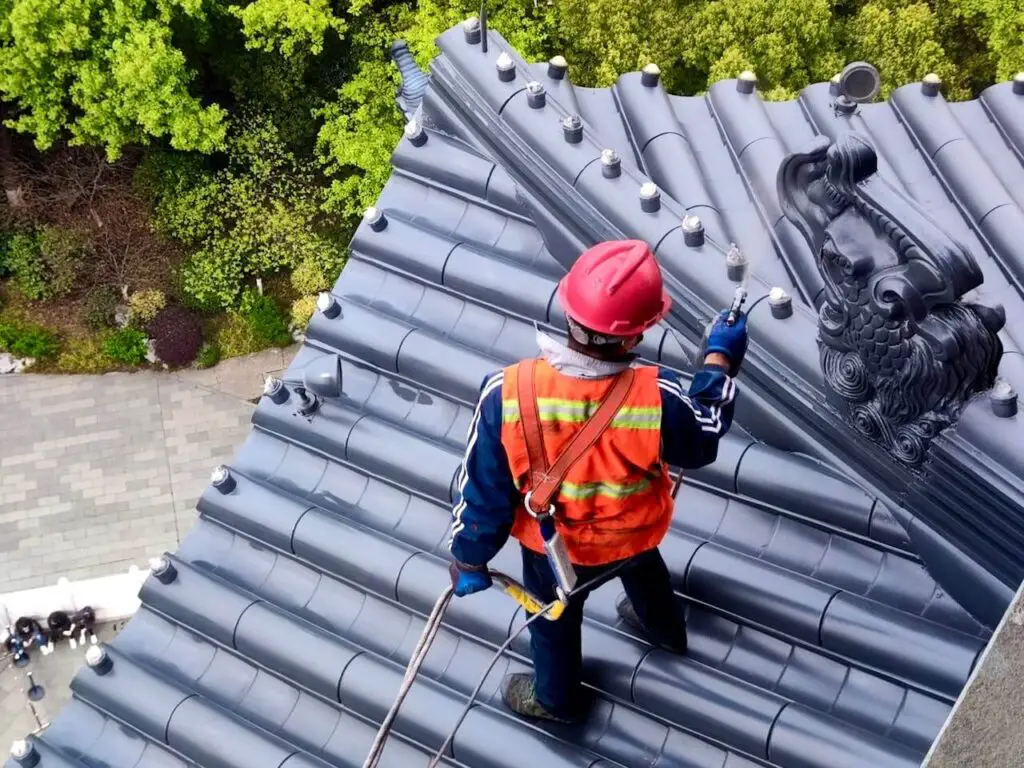
This does not imply that homeowners should avoid inspecting their roofs at all. Simple, routine checks can be made from the ground or by using a ladder to evaluate the general condition. Observing for missing shingles, signs of sagging, and debris accumulation are all good practices between professional visits. Leaving crucial inspections to the professionals can provide peace of mind and ensure that all aspects affecting roof health and safety are adequately considered.
Cost-Effectiveness of Regular Inspections
Regular inspections can contribute significantly to saving money in the long run. While a single inspection may seem like an expense, the preventative aspect outweighs the investment. The cost of potential repairs caused by undetected issues is typically much higher than regular inspection fees. Minor repairs like replacing a few shingles are far more manageable than replacing an entire roof due to water damage or mold growth.
Inspecting the roof can often reveal issues with gutters and other drainage systems, which can lead to greater problems if not maintained regularly. Budgeting for roof inspections can be an integral part of home maintenance, ensuring funds are set aside and that issues are recognized and resolved quickly. Adopting a proactive approach toward your roof’s health can significantly increase its lifespan, thus keeping your investment secure and valuable.
Scheduling Your Inspections
Homeowners should establish a routine for scheduling roof inspections. The best times to consider inspections are in the spring and fall; after winter and during periods of rain, it can easily unveil any issues that need addressing. Creating a calendar reminder can ensure that roof inspections are not overlooked as seasons change.
Maintaining comprehensive records of past inspections and repairs is beneficial. This helps the inspectors assess what changes have occurred and draw conclusions about the current state of your roof. Keeping these records may help with insurance claims in the event of damage. Communication with roofing professionals can help gauge best practices tailored to the specific conditions and needs surrounding your property.
Prioritizing regular roof inspections can safeguard your home from unforeseen issues that may arise. From preventing structural damage to being cost-effective, routine evaluations are invaluable to maintaining roof health. They’ll help achieve peace of mind and keep your home safe and secure. These inspections represent an investment in the property’s future, ensuring that your roof remains reliable and durable for years to come.

